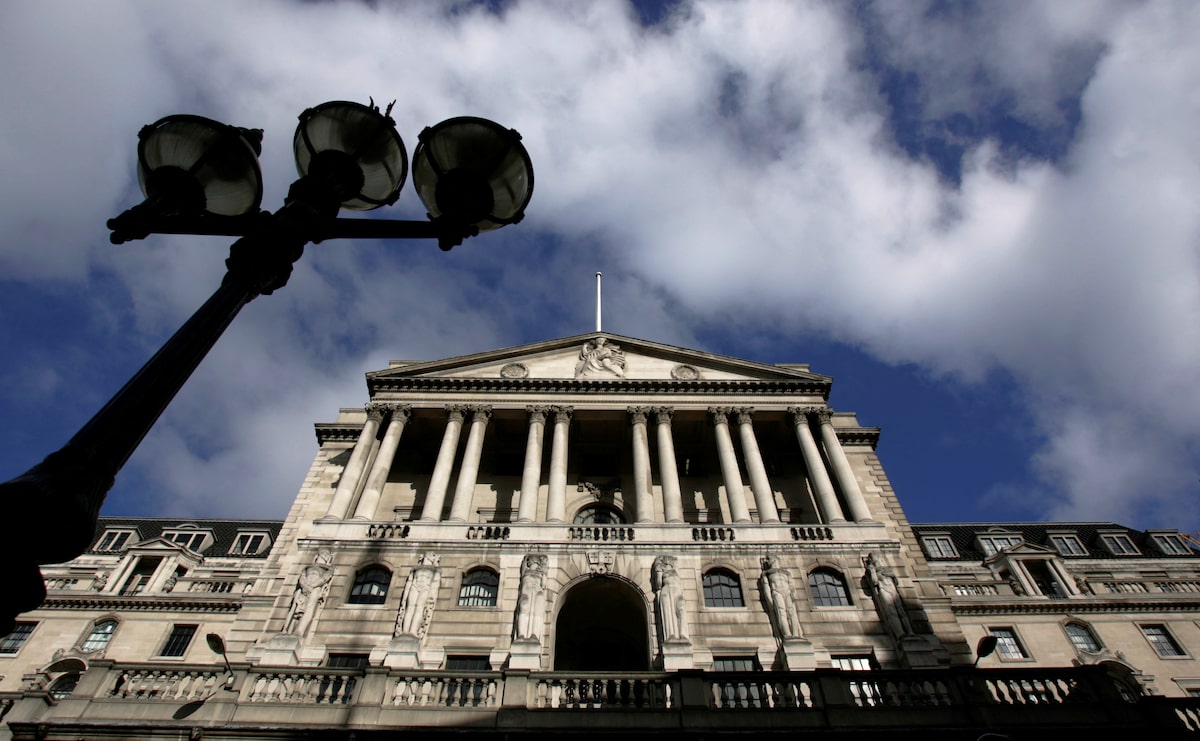The Architect's Lament: How Virtue Signaling Threatens The Profession

Table of Contents
Erosion of Design Excellence through Virtue Signaling
The pursuit of appearing ethically conscious can overshadow sound design principles. Architects, eager to demonstrate their commitment to sustainability or social justice, may prioritize symbolic elements that lack practical value, leading to suboptimal buildings. This prioritization of image over substance is a serious threat to the integrity of the profession.
Focus Shifting from Functionality to Performative Gestures
The pressure to showcase ethical commitments often leads to design compromises. Instead of focusing on creating efficient and functional spaces, architects might be tempted to prioritize superficial displays of "good intentions."
- Examples include prioritizing aesthetically pleasing but inefficient sustainable materials: Using reclaimed wood that requires extensive treatment to meet structural requirements, negating its environmental benefits. Or choosing visually appealing but less thermally efficient windows to showcase a "green" image.
- Overemphasis on showcasing "green" features that are ultimately ineffective or add unnecessary costs: Installing solar panels purely for visual effect, without considering their actual energy output or cost-effectiveness. Or incorporating costly rainwater harvesting systems that are poorly designed and ultimately inefficient.
- Prioritizing visually striking but functionally impractical designs in pursuit of social media attention: Creating designs that are visually appealing for social media but lack ergonomic considerations or practical usability. This "Instagrammable architecture" often prioritizes aesthetics over functionality and user experience.
Compromised Structural Integrity and Safety for Aesthetic Appeal
In the race to appear environmentally or socially conscious, fundamental building principles might be overlooked. The desire for a visually stunning, ethically-conscious design can lead architects to compromise on safety and structural integrity.
- Using untested materials or construction methods solely for their perceived ethical or environmental benefits: Employing new, experimental materials without sufficient testing or understanding of their long-term performance or safety implications.
- Sacrificing structural integrity for visually appealing but less stable designs: Prioritizing aesthetic elements over structural soundness, potentially compromising the safety and longevity of the building.
- Ignoring building codes or safety regulations in favor of symbolic gestures: Overlooking critical safety aspects in an attempt to achieve a specific aesthetic or social message.
Damage to the Architect's Professional Reputation
The focus on virtue signaling in architecture can severely damage the profession's reputation, leading to a decline in trust and credibility.
Loss of Client Trust and Credibility
Clients might become wary of architects who prioritize public image over project success. A perceived lack of focus on the client's needs can damage relationships and stifle innovation.
- Clients may perceive virtue signaling as disingenuous and prioritize architects with demonstrably successful project portfolios: Clients are increasingly discerning and will choose architects with a proven track record over those who primarily focus on marketing their ethical stance.
- Loss of bidding opportunities due to a reputation for focusing on performative gestures rather than client needs: Architects perceived as prioritizing image over substance might be overlooked in favor of those who demonstrate a genuine commitment to client satisfaction and project success.
Decreased Public Respect for the Profession
The overemphasis on virtue signaling can dilute the true value of architectural expertise, leading to a decline in public trust and respect for the profession.
- Perception of architects as more concerned with political messaging than with design excellence: Public perception might shift towards seeing architects as primarily concerned with promoting their political or social views rather than creating functional and beautiful buildings.
- Skepticism toward architectural claims of sustainability or social responsibility: The overuse of performative gestures can lead to cynicism and skepticism towards architects' claims of ethical commitment.
The Impact on the Built Environment
The consequences of prioritizing performative activism over genuine design extend beyond the professional sphere, directly impacting the built environment.
Substandard Buildings and Wasted Resources
Prioritizing aesthetics over functionality can lead to inefficient, poorly designed buildings that fail to meet the needs of their occupants. This also contributes to wasted resources and unnecessary environmental impacts.
- Increased energy consumption due to poor design choices: Buildings designed with an emphasis on aesthetics might lack proper insulation or passive solar design, leading to higher energy consumption.
- Higher maintenance costs due to compromised structural integrity: Buildings with compromised structural integrity due to prioritization of aesthetics might require more frequent and costly repairs and maintenance.
- Increased demolition rates due to short lifespan of poorly designed buildings: Poorly designed buildings might have a shorter lifespan, leading to higher demolition rates and increased waste.
Homogenization of Architectural Styles
The drive for symbolic gestures can stifle creativity and lead to a lack of diversity in architectural styles.
- Increased prevalence of designs prioritizing symbolic representation over unique design solutions: A focus on replicating trendy, symbolically "ethical" designs can lead to a lack of originality and diversity in architectural styles.
- Loss of regional architectural character and identity: The drive for globally recognized "sustainable" designs can lead to a loss of regional architectural character and identity.
Conclusion
The prevalence of virtue signaling in architecture threatens to undermine the profession's core principles, compromising design quality, eroding public trust, and ultimately impacting the built environment. Architects must prioritize professional integrity, design excellence, and client needs over performative activism. By focusing on true innovation, sustainable practices, and functional design, the profession can regain its credibility and ensure a positive future for the built environment. Let’s work together to counter the negative impact of virtue signaling in architecture and strive for genuine progress in design and construction. Reject the pitfalls of virtue signaling in architecture and reclaim the profession’s integrity.

Featured Posts
-
 Yevrobachennya Peremozhtsi Ostannogo Desyatilittya Ta Yikhni Dosyagnennya
May 25, 2025
Yevrobachennya Peremozhtsi Ostannogo Desyatilittya Ta Yikhni Dosyagnennya
May 25, 2025 -
 Explorer L Univers De Melanie Thierry Films Series Et Projets
May 25, 2025
Explorer L Univers De Melanie Thierry Films Series Et Projets
May 25, 2025 -
 The George Russell Claire Williams Relationship A Retrospective Analysis
May 25, 2025
The George Russell Claire Williams Relationship A Retrospective Analysis
May 25, 2025 -
 Zheng Qinwen Advances To Italian Open Round Of 16
May 25, 2025
Zheng Qinwen Advances To Italian Open Round Of 16
May 25, 2025 -
 Uk Inflation Data Prompts Traders To Reduce Boe Rate Cut Expectations Sterling Gains
May 25, 2025
Uk Inflation Data Prompts Traders To Reduce Boe Rate Cut Expectations Sterling Gains
May 25, 2025
